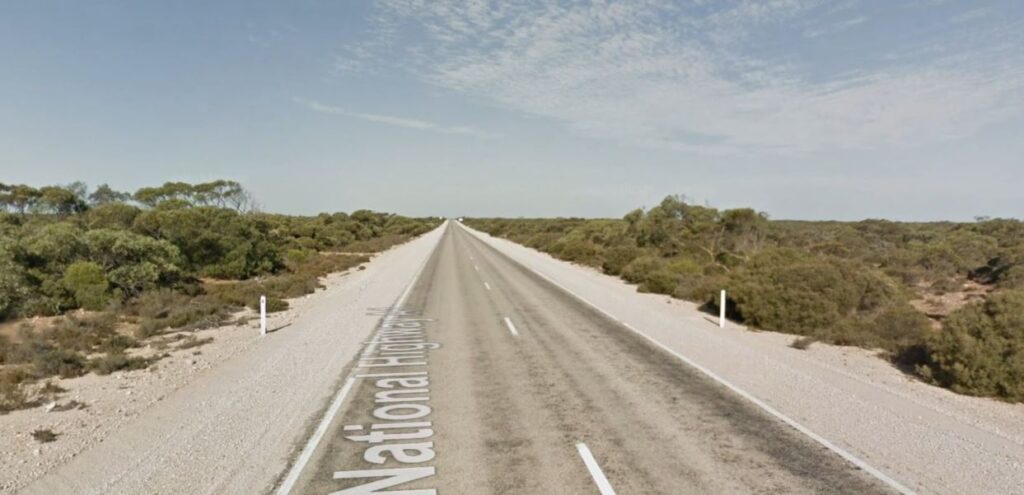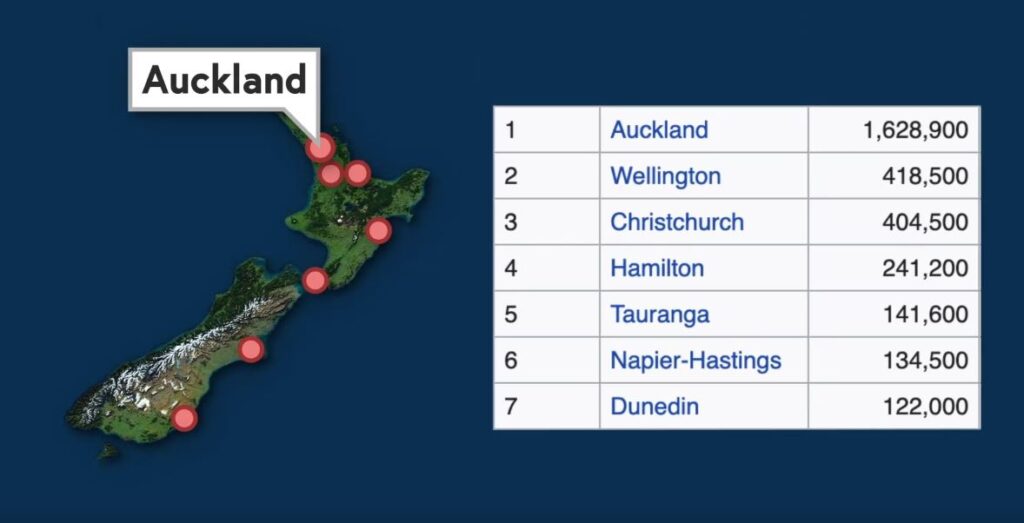What’s the Most Isolated City in the World?
Living in cities is actually better for the environment than living in the countryside. That’s because urban residences use less land, homes are smaller, and people don’t have to travel as far to work or school. This efficiency is especially true if you live in a city with good public transportation or as Americans call it—abroad. Now knowing this, let’s say you want to tip the scales of your carbon output back in the waterfront property creating direction.
The good news is that if you live in a super isolated place, you’ll have to take gas-guzzling planes super-far to get anywhere. The question then is, what is the most isolated city in the world? Okay, so our arbitrary criterion for what, “isolated,” means in the context of cities is how far a city is from the nearest other city.
For example, the closest real city to Perth, Australia is Adelaide, Australia over 1,300 miles or 2,100 kilometers away. In many ways, Perth exists because it is the most non-nothing bit of the nothing part of the country—the state of Western Australia. WA’s economy is centered around taking whatever bits are worth something out of the nothing—namely minerals and oil—and selling them.

Perth basically exists as a headquarters for all these mining and oil companies as well as a point of export for all of the state’s natural resources. In many ways, though, Perth might as well be an island. The main road to get from Perth to Adelaide, the closest city, looks like the picture above. I’ve seen wider driveways.
Unfortunately for Perth, though, it is not the most isolated city on earth. If you pop on over to Australia-lite, Auckland is just slightly further away from Sydney than Perth is from Adelaide. There is no city on earth with a population of over a million further from another city of a million but places like Wellington, New Zealand sure do look city-like even without having a million residents. If you define what a, “city,” is as a settlement of over 100,000, Auckland has some problems.

Namely, Wellington, Christchurch, Hamilton, Tauranga, Napier-Hastings, and Dunedin. These are all the other 100k+ cities in New Zealand that make Auckland not the most isolated city in the world. There are plenty of quite isolated cities around the world with over 100,000 residents including Anchorage, Reykjavik, Petropavlovsk-Kamchatsky, and Noumea, but what is truly the most isolated city on earth according to this definition is a harsh, secluded, bleak place; a place at the furthest extremities of earth; a place only the bravest approach—Honolulu, Hawaii.
About 950,000 people live in the Honolulu metro area. Save for a few sparsely populated islands just off the coast of California, there really is absolutely nothing between the American West Coast and Hawaii. There’s also absolutely nothing to the north until Alaska. To the west and south, there are plenty of populated islands but until you get to New Caledonia, Papua New Guinea, or Japan, none have anything coming even close to the size of a city.
The closest city to Honolulu is therefore San Francisco nearly 2,400 miles or 3,900 kilometers away. That’s almost exactly as far as San Francisco is from DC. Now, Honolulu is well and truly a city. It’s got skyscrapers, highways, a Costco, fake bike lanes, pedestrian unfriendly streets, oppressive urban sprawl, it really is just a normal looking city but the fact that there’s a city on an island in the center of an enormous ocean is abnormal. So why is it here?
Quick history lesson. Hawaii was an independent monarchy in the 1800’s but over time the US’ influence over its politics grew as sugar exports to the US became a bigger and bigger part of its economy. You could say the US was its… sugar daddy. In 1893, the monarchy was overthrown by pro-US insurgents in a move that the US government had super-duper absolutely nothing at all to do with. As absolutely nobody at all expected, these insurgents then said that the US could just annex Hawaii, you know, if they wanted to.
They did. The population grew and the sugar industry did too but then Japan came over to take an up close and personal tour of Pearl Harbor. The US didn’t like that and it forced the Americans to do their absolute least favorite activity—war. During World War Two the population of Hawaii doubled as it was a hub for the US military and with that, there were plenty more jobs needed to serve all the military personnel. Once that was wrapped up, planes suddenly became a lot faster which made it easy to visit Hawaii from North America and Asia and its tourism industry grew enormously.
In a little, “sorry for attacking you,” present, the Japanese became the single largest foreign tourist group to the state and helped to grow the industry enormously. The state still received tons of tourists from the mainland as well meaning Hawaii definitely benefited economically from actually being part of the US. Throughout all of that, Honolulu, the capital, grew as it served as the economic hub for the state. While it itself has a robust tourism industry, it also serves to support the tourism on other islands.
There are other isolated island chains, but the Hawaiian chain is actually quite large for how far out it is which helped grow it to the size where it could support a city. So, in summary, the answer to why Honolulu is such a large city despite its isolation is a mix of tourism and America. Of course, while visually Honolulu looks like it could be pretty much any other American city, its isolation does have an effect as nearly everything has to be shipped from the mainland and the cost of living is high so everything is unnaturally expensive in the world’s most isolated city.
To find out more, you can consult a Geography tutor by hiring one from our tuition agency.

